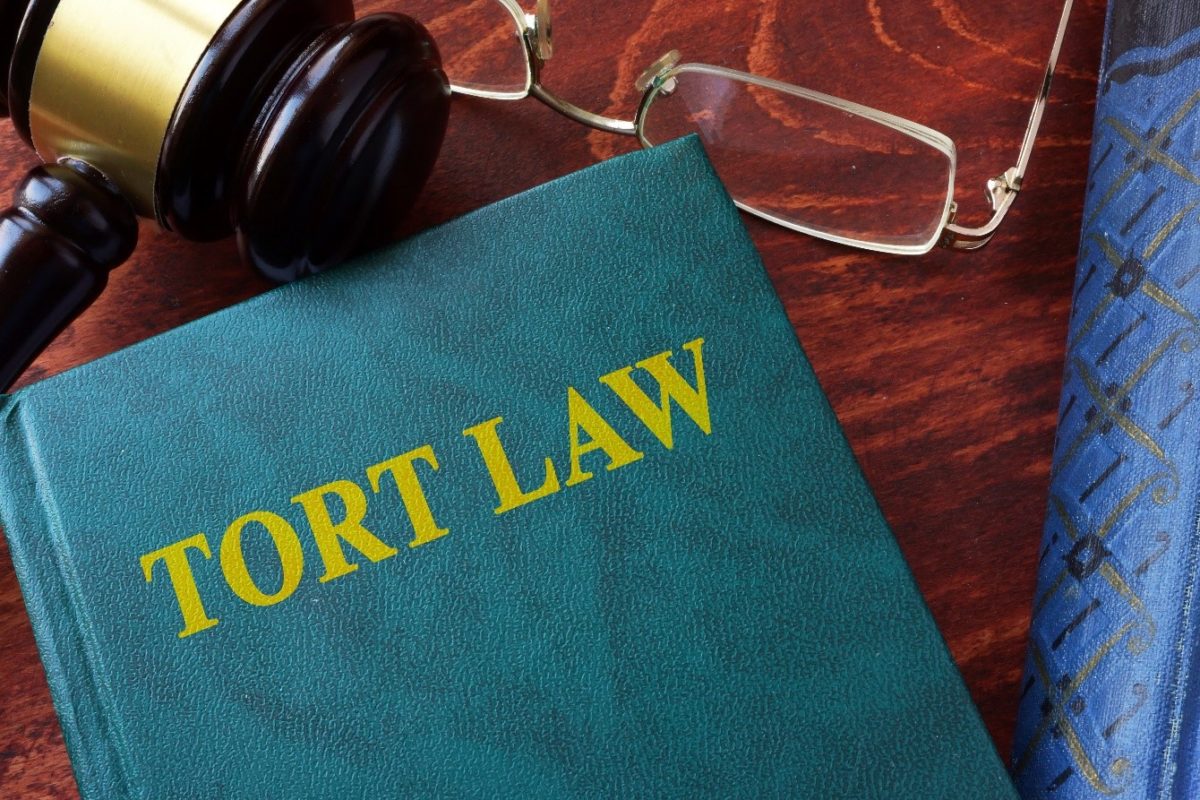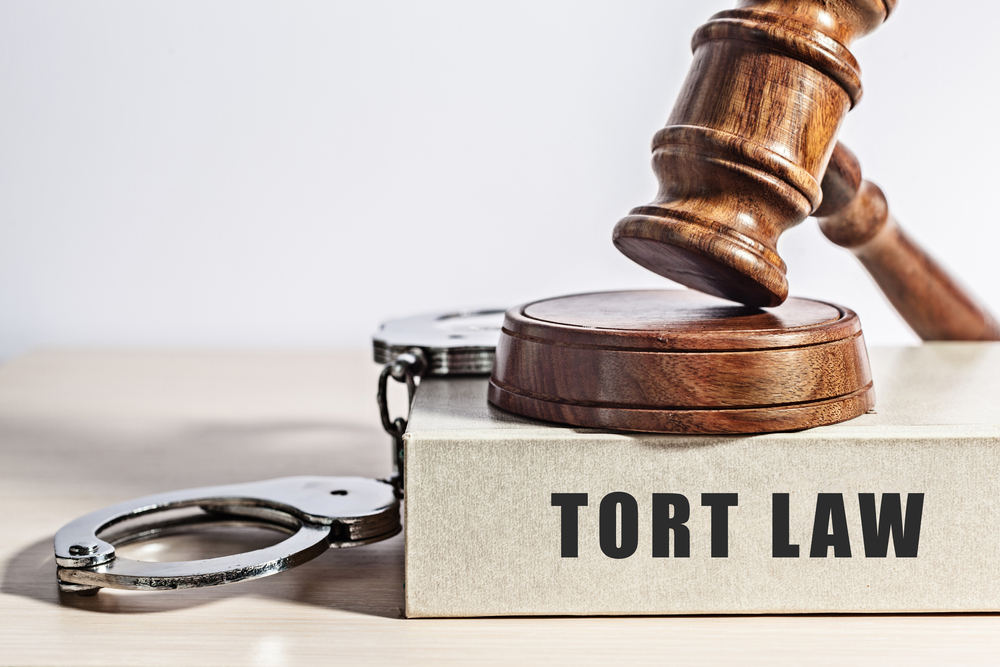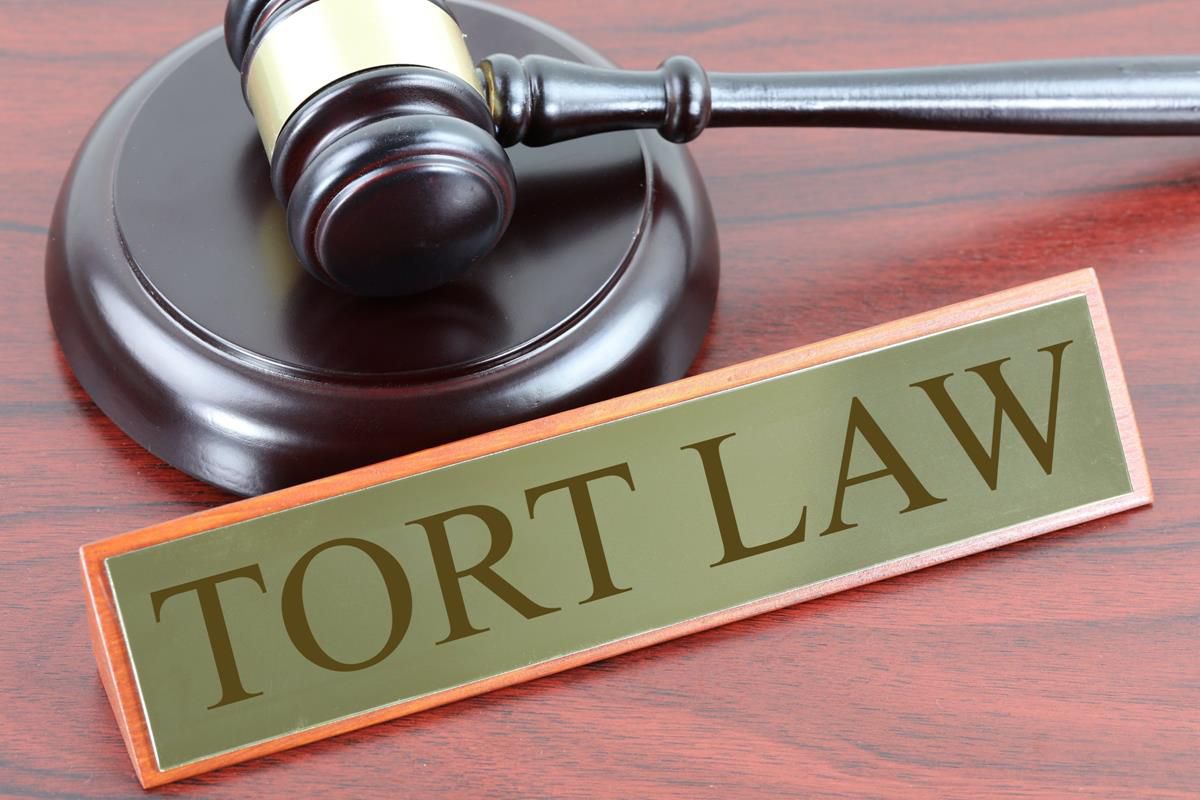Toxic Tort Examples - Understanding The Basics Of Toxic Tort Litigation
Toxic tort examples are legal claims that arise when someone has been exposed to a toxic substance or product and has suffered harm as a result. These cases can involve a wide range of hazardous substances, from asbestos to lead to pesticides, and can have significant health consequences, including respiratory problems, cancer, and neurological damage.
Author:K. N.Mar 06, 202327.9K Shares873.3K Views
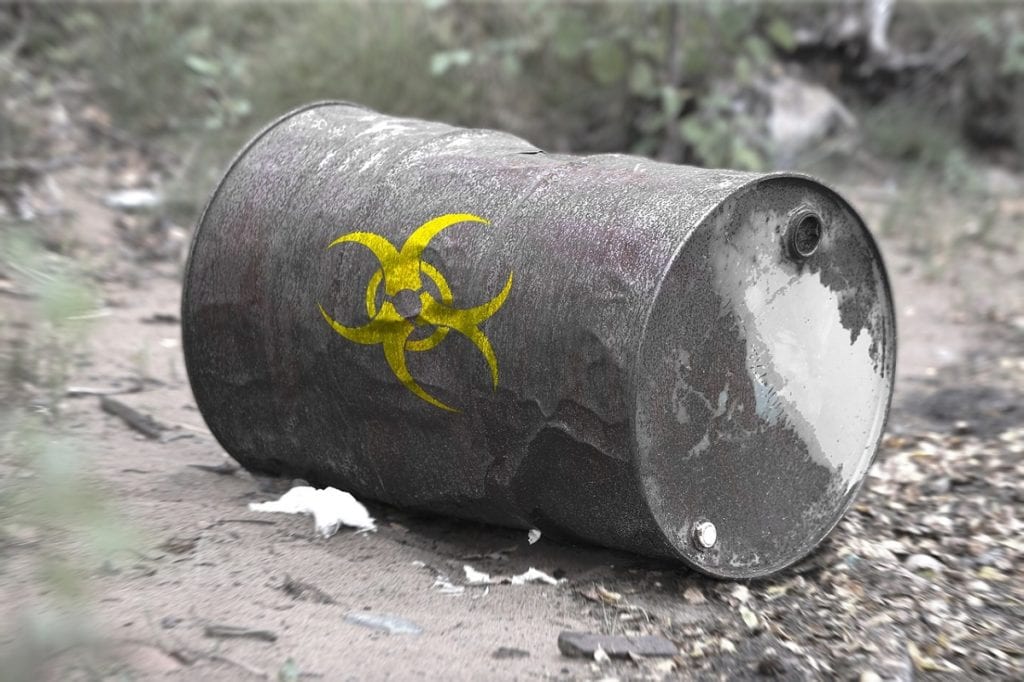
Toxic tort examplesare legal claims that arise when someone has been exposed to a toxic substance or product and has suffered harm as a result. These cases can involve a wide range of hazardous substances, from asbestos to lead to pesticides, and can have significant health consequences, including respiratory problems, cancer, and neurological damage.
Toxic torts refer to legal claims brought by individuals who have been harmed by exposure to dangerous chemicals, substances, or products. These claims can arise from a wide range of situations, including exposure to toxic substances in the workplace, environmental pollution, and defective medical devices or pharmaceuticals.
The injuries suffered as a result of toxic exposure can be severe and long-lasting, ranging from respiratory problems and cancer to neurological damage and birth defects.
Types Of Toxic Torts
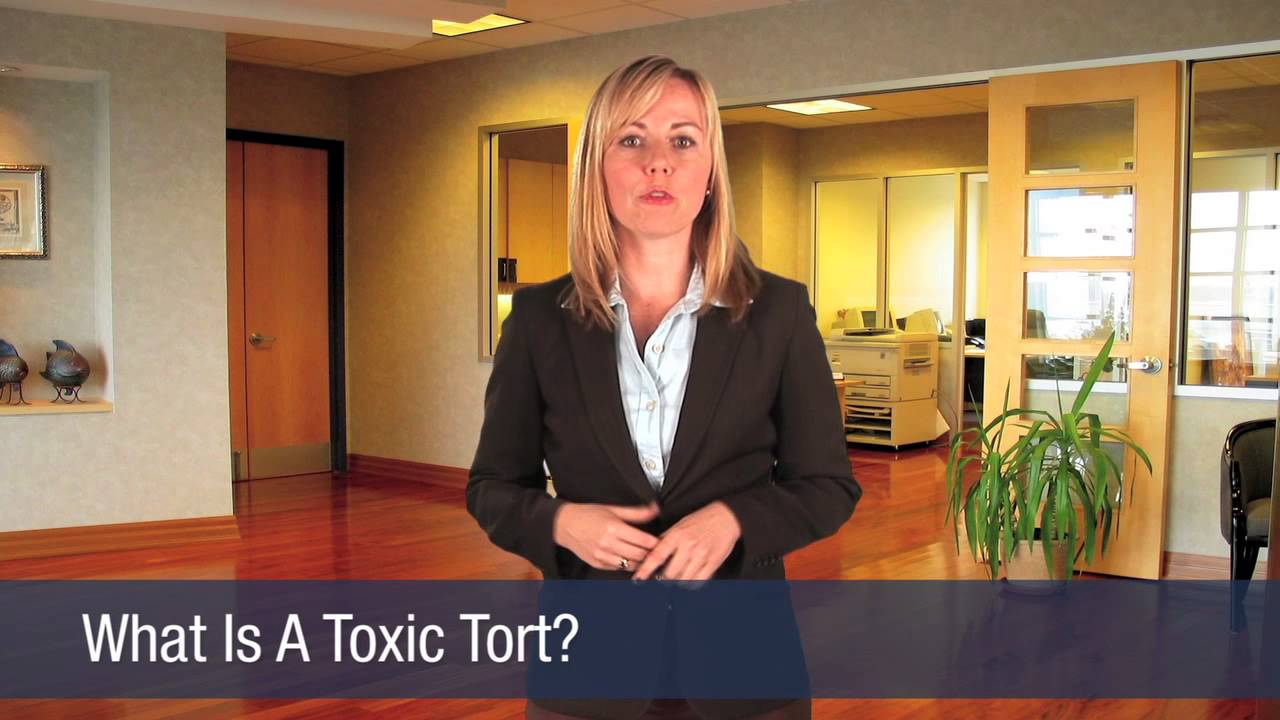
What Is A Toxic Tort | LawInfo
There are several types of toxic torts that can arise in legal claims involving exposure to harmful substances, chemicals, or products. Some of the most common types of toxic torts include:
- Chemical Exposure: Claims involving exposure to hazardous chemicals or substances, either in the workplace or in the environment, can result in toxic tort litigation. Examples include exposure to asbestos, lead, benzene, and other toxic substances.
- Medical Devices and Pharmaceuticals: Claims involving defective medical devices or dangerous pharmaceutical products can also result in toxic tort litigation. Examples include hip implants, breast implants, and prescription drugs with harmful side effects.
- Radiation Exposure: Exposure to radiation, whether from medical treatments, occupational exposure, or environmental contamination, can also result in toxic tort litigation.
- Environmental Pollution: Claims involving environmental pollution, such as air pollution, water contamination, or soil contamination, can also give rise to toxic tort litigation.
In all of these types of cases, plaintiffs may allege that they have suffered harm as a result of exposure to a dangerous substance or product, and may seek compensation for their injuries through the legal system.
Toxic Tort Examples
Toxic torts can arise from exposure to a wide range of hazardous substances and products. Here are some common examples:
- Asbestos:Exposure to asbestos can cause a variety of serious health problems, including mesothelioma, lung cancer, and asbestosis. Asbestos was commonly used in insulation, roofing materials, and other construction products until the 1970s.
- Lead:Lead poisoning can occur from exposure to lead paint, lead pipes, and other sources of lead contamination. Lead exposure can cause developmental delays, cognitive impairment, and other health problems, particularly in young children.
- Pesticides:Exposure to pesticides can cause a range of health problems, including respiratory problems, neurological damage, and cancer. Pesticides are commonly used in agriculture, but can also be found in consumer products such as bug sprays and household cleaners.
- Benzene:Benzene is a toxic chemical that can cause leukemia, lymphoma, and other forms of cancer. Benzene is found in gasoline, paint, and other industrial chemicals.
- Pharmaceutical drugs:Some pharmaceutical drugs have been found to cause serious health problems, including birth defects, heart problems, and neurological damage. Examples include the anti-inflammatory drug Vioxx and the anti-nausea drug Zofran.
These are just a few examples of the many substances and products that can give rise to toxic tort claims. In each case, the plaintiff must establish that they were exposed to a hazardous substance or product, that the exposure caused their injuries, and that the defendant was responsible for the exposure.
Theories Of Liability In Theories Of Liability In Toxic Tort Litigation
Toxic tort litigation can be based on several different legal theories of liability, depending on the specific circumstances of the case. Some of the most common theories of liability in toxic tort litigation include:
- Negligence: This theory of liability asserts that the defendant had a duty to exercise reasonable care to prevent harm to the plaintiff, but failed to do so. To prove negligence, the plaintiff must show that the defendant breached this duty of care and that this breach caused the plaintiff's injuries.
- Strict Liability:In strict liability cases, the plaintiff does not need to prove that the defendant was negligent or intended to cause harm. Instead, the plaintiff must show that the defendant engaged in an activity that was abnormally dangerous or posed a high risk of harm to others, and that the plaintiff was injured as a result of this activity.
- Breach of Warranty:This theory of liability arises when the plaintiff claims that the defendant breached an express or implied warranty that a product was safe or fit for its intended purpose.
- Fraudulent Misrepresentation:In some cases, the plaintiff may claim that the defendant made false or misleading statements about the safety or risks associated with a product or substance and that the plaintiff relied on these statements to their detriment.
Each of these theories of liability has different requirements and standards of proof, and the choice of theory can depend on the specific facts of the case. Experienced toxic tort attorneys can help plaintiffs choose the most appropriate theory of liability and build a strong case to support their claims.
Causation In Toxic Tort Litigation
Causation is a crucial element in toxic tort litigation, as plaintiffs must prove that their injuries were caused by the defendant's actions or products. However, proving causation in toxic tort cases can be challenging, as exposure to toxic substances can often have long-term or delayed effects, and multiple factors may contribute to a plaintiff's injuries. Here are some of the key considerations in establishing causation in toxic tort litigation:
- Proving Exposure: The plaintiff must be able to show that they were exposed to the substance or product in question, either through occupational exposure, environmental exposure, or the use of a defective product.
- Demonstrating Harm: The plaintiff must also show that they suffered harm as a result of the exposure, such as a specific illness, disease, or injury.
- Identifying the Cause: The plaintiff must demonstrate that the defendant's actions or product were the cause of their harm and that other potential causes can be ruled out.
- Expert Testimony: Toxic tort cases often rely on expert testimony to establish causation, as medical and scientific evidence may be complex and technical.
- Multiple Defendants: In some cases, a plaintiff may have been exposed to multiple sources of toxic substances, and may need to apportion liability between multiple defendants.
Establishing causation in toxic tort cases can be a complex and time-consuming process, but it is essential for plaintiffs to recover damages for their injuries. Experienced toxic tort attorneys can help plaintiffs navigate the challenges of causation and build a strong case for liability.
Damages In Toxic Tort Litigation
In toxic tort litigation, plaintiffs may be able to recover damages for the harm they have suffered as a result of exposure to a toxic substance or product. The types and amount of damages that may be available in a toxic tort case depend on the specific facts of the case, as well as the jurisdiction in which the case is being heard.
- Medical Expenses: Plaintiffs may be able to recover damages for the cost of medical treatment they have received or will need in the future as a result of their injuries.
- Lost Wages and Income: If a plaintiff's injuries have prevented them from working, they may be able to recover damages for lost wages and income, as well as for any future loss of earning capacity.
- Pain and Suffering: Plaintiffs may be able to recover damages for the physical pain, emotional distress, and mental anguish they have experienced as a result of their injuries.
- Property Damage: If the plaintiff's property has been damaged as a result of the toxic exposure, they may be able to recover damages to repair or replace the property.
- Punitive Damages: In some cases, plaintiffs may be able to recover punitive damages, which are intended to punish the defendant for particularly egregious conduct.
The number of damages that may be available in a toxic tort case can vary widely depending on the circumstances of the case. Plaintiffs may also need to consider factors such as the statute of limitations, potential insurance coverage, and the strength of the evidence in support of their claims.
Key Legal Issues In Toxic Tort Litigation
Toxic tort litigation involves complex legal issues that can vary depending on the specific facts of the case. Here are some of the key legal issues that often arise in toxic tort litigation:
- Statute of Limitations: The statute of limitations is the time limit within which a plaintiff must file a lawsuit. In toxic tort cases, the statute of limitations can vary depending on the type of claim and the jurisdiction in which the case is being heard.
- Causation: As discussed earlier, establishing causation in toxic tort cases can be a significant challenge, as exposure to toxic substances can have long-term or delayed effects, and multiple factors may contribute to a plaintiff's injuries.
- Preemption: Preemption refers to the concept that federal law may preempt state law in certain areas, such as the regulation of certain toxic substances. Preemption can be a significant issue in toxic tort cases, particularly if the plaintiff's claims are based on state law.
- Class Certification: In some toxic tort cases, a large group of plaintiffs may seek to bring a class action lawsuit against the defendant. Class certification can be a complex process that involves demonstrating that the plaintiffs have common issues of fact and law that can be efficiently and fairly resolved in a single lawsuit.
- Expert Testimony:As discussed earlier, expert testimony is often critical in toxic tort cases, particularly for establishing causation and demonstrating the extent of the plaintiff's damages. However, the admissibility of expert testimony can be a contentious issue, and defendants may seek to exclude or limit the testimony of the plaintiff's experts.
- Insurance Coverage: Toxic tort cases can involve significant damages, and plaintiffs may need to consider potential insurance coverage in order to recover compensation for their injuries.
Navigating these legal issues requires experienced toxic tort attorneys who can help plaintiffs build strong cases and advocate for their rights.
People Also Ask
What Are Some Examples Of Toxic Torts?
Some examples of toxic torts include exposure to asbestos, lead poisoning, contamination from hazardous waste sites, exposure to pesticides, and exposure to harmful chemicals in consumer products.
What Is A Toxic Tort Lawsuit?
A toxic tort lawsuit is a type of legal claim that arises when someone has been exposed to a toxic substance or product and has suffered harm as a result. These lawsuits typically seek to recover damages for medical expenses, lost income, pain and suffering, and other types of harm.
How Do You Prove Toxic Torts?
To prove a toxic tort, the plaintiff must typically establish that they were exposed to a toxic substance, that the substance caused their injuries, and that the defendant was responsible for the exposure. This often requires expert testimony and other types of evidence.
Who Can File A Toxic Tort Lawsuit?
Anyone who has suffered harm as a result of exposure to a toxic substance or product may be able to file a toxic tort lawsuit. This could include individuals who were exposed on the job, residents of a contaminated area, or consumers of a harmful product.
Conclusion
Toxic tort examples can be complex and challenging, involving issues related to causation, liability, damages, and the admissibility of expert testimony. Victims of toxic exposure may suffer from a wide range of injuries, from respiratory problems to cancer, and may face significant medical expenses and lost income as a result.
However, with the help of experienced toxic tort attorneys, plaintiffs can seek compensation for their injuries and hold responsible parties accountable for their actions.

K. N.
Author
Latest Articles
Popular Articles
